Product Description
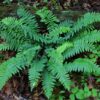

Pteridium aquilinum – Western Bracken Fern
Native/Non-native – Native
Hardiness Zone – 3-9
Sun – Sun to partial shade
Moisture – Dry to moist
Size – 24-36″ height
Comments
* Thrives on poor and barren soil
* Deciduous groundcover
Description
Common Name: Westen bracken fern
Type: Fern
Family: Dennstaedtiaceae
Native Range: Northern Hemisphere
Zone: 3 to 10
Height: 3.00 to 4.00 feet
Spread: 4.00 to 5.00 feet
Bloom Time: Non-flowering
Bloom Description: Non-flowering
Sun: Full sun
Water: Medium
Maintenance: Medium
Suggested Use: Naturalize
Tolerate: Drought
Garden locations
Culture
Easily grown in average, consistently moist soils in full sun to part shade. Favors sandy to peaty acidic soils. Rarely found in areas with alkaline soils. Grows well in poor soils. Hardy and vigorous, but often weedy, sometimes to the extent of being invasive in optimum growing conditions where it may form colonies. Can be difficult to control or eradicate once established due to deep creeping rootstock. Plants spring back quickly after fires or logging, often out-competing other species and impeding regeneration of trees and shrubs. Spreads by wind-blown spores and creeping rhizomes.
Noteworthy Characteristics
Pteridium aquilinum, commonly called bracken fern, is a coarse, deciduous, rhizomatous, cosmopolitan fern found on all continents except Antarctica. It is typically found in woods (including somewhat dry woodland areas), fields, old pastures, thickets, areas with disturbed soils, burned-out areas and marshes. Established plants tolerate brief periods of drought. Bracken fern is composed of two subspecies with 12 varieties. Two varieties are native to Missouri (var. latiusculum and var. pseudocaudatum) where plants are primarily found in the Ozark region in rocky upland forest openings and road banks (Steyermark). Bracken fern typically grows to 3′ tall and 4′ wide (though sometimes much taller). Coarse, divided, triangular fronds rise directly from deep running rootstocks. Fronds typically tilt to being almost horizontal. Each frond (to 3′ long) is 2-3 times (usually 3) pinnately compound. Sori (fruit dots) on fertile fronds appear in narrow lines near the leaflet margins. Underground rhizomes can grow to 20′ long or more. Black roots grow along the rhizome. Fronds of this deciduous fern die back somewhat rapidly after the first fall frost with new fiddleheads emerging from the ground in spring. Although young fiddleheads are considered edible for humans, studies indicate the presence of carcenogenic compounds in this plant, with consumption of the fiddleheads by humans possibly increasing the risk of cancerous tumors developing in stomach or throat. Genus name from Greek pteris means fern. Specific epithet from Latin aquila means eagle. Bracken is an old English name for fern.
Problems
No serious insect or disease problems.
Garden Uses
Typically not planted in formal garden areas because of its invasive tendencies. Best in somewhat isolated areas where it can form clumps. Woodland gardens. Areas with poor soils.




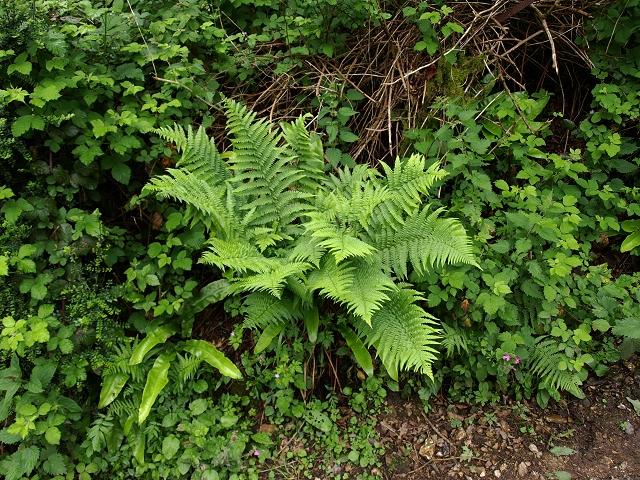
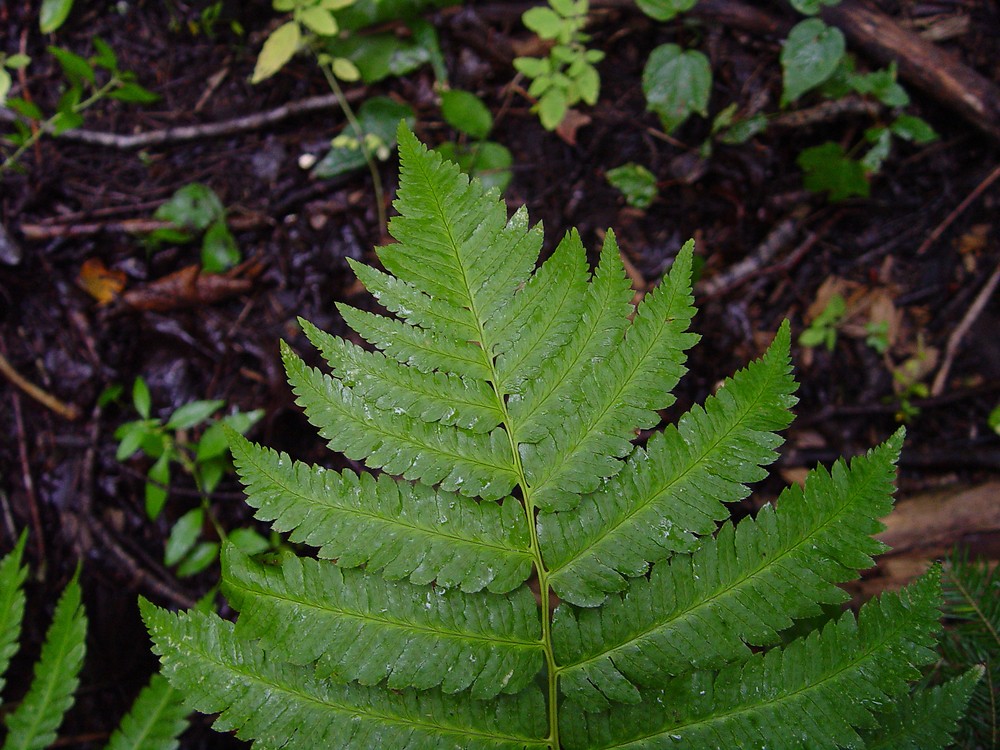
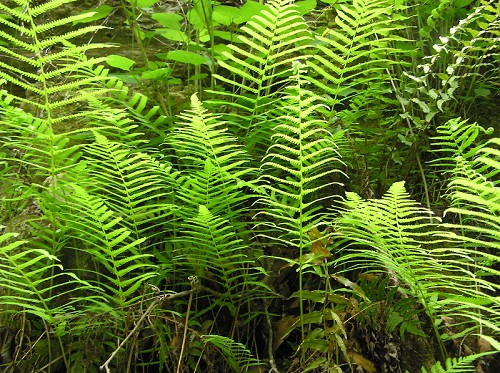
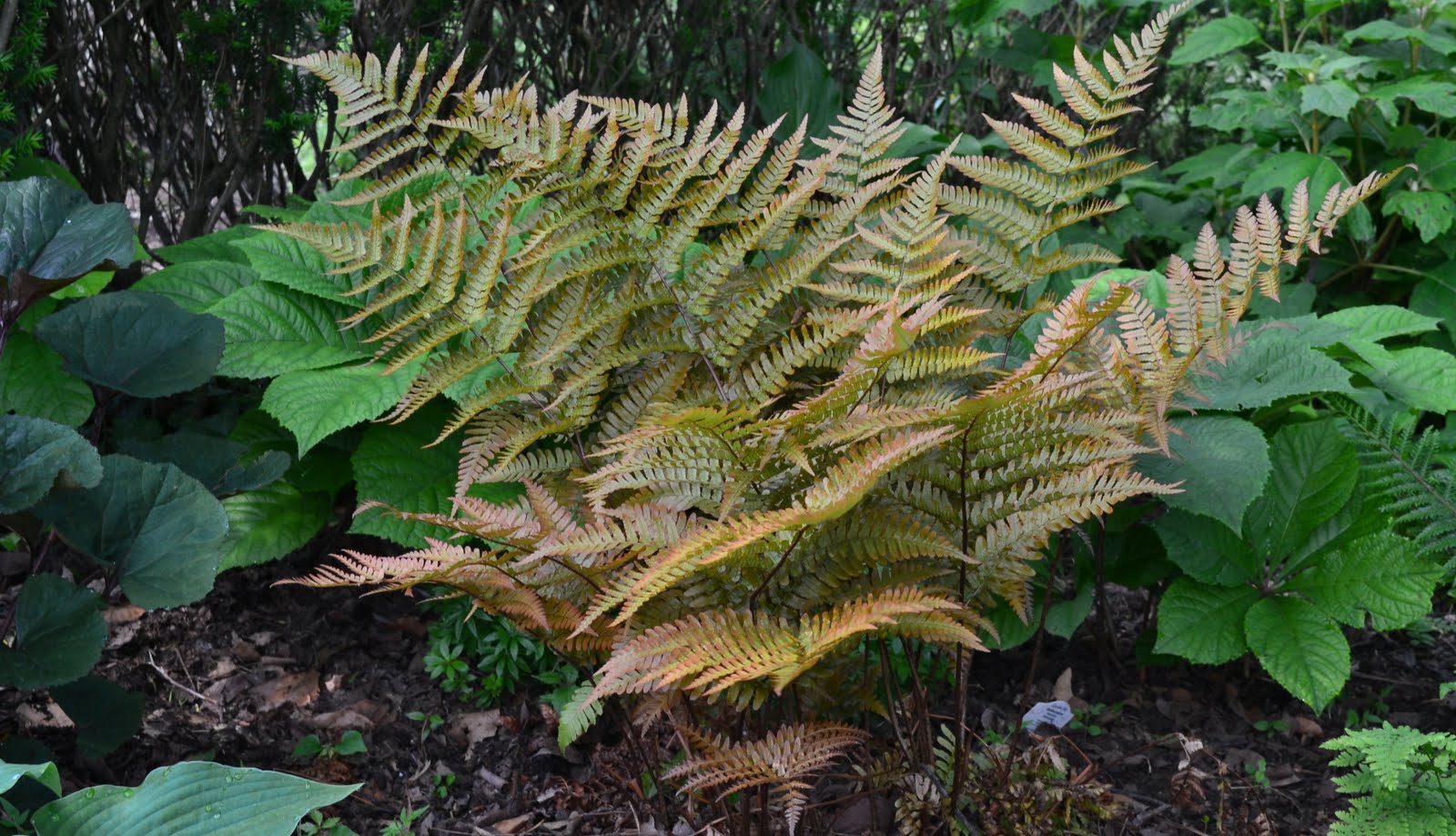

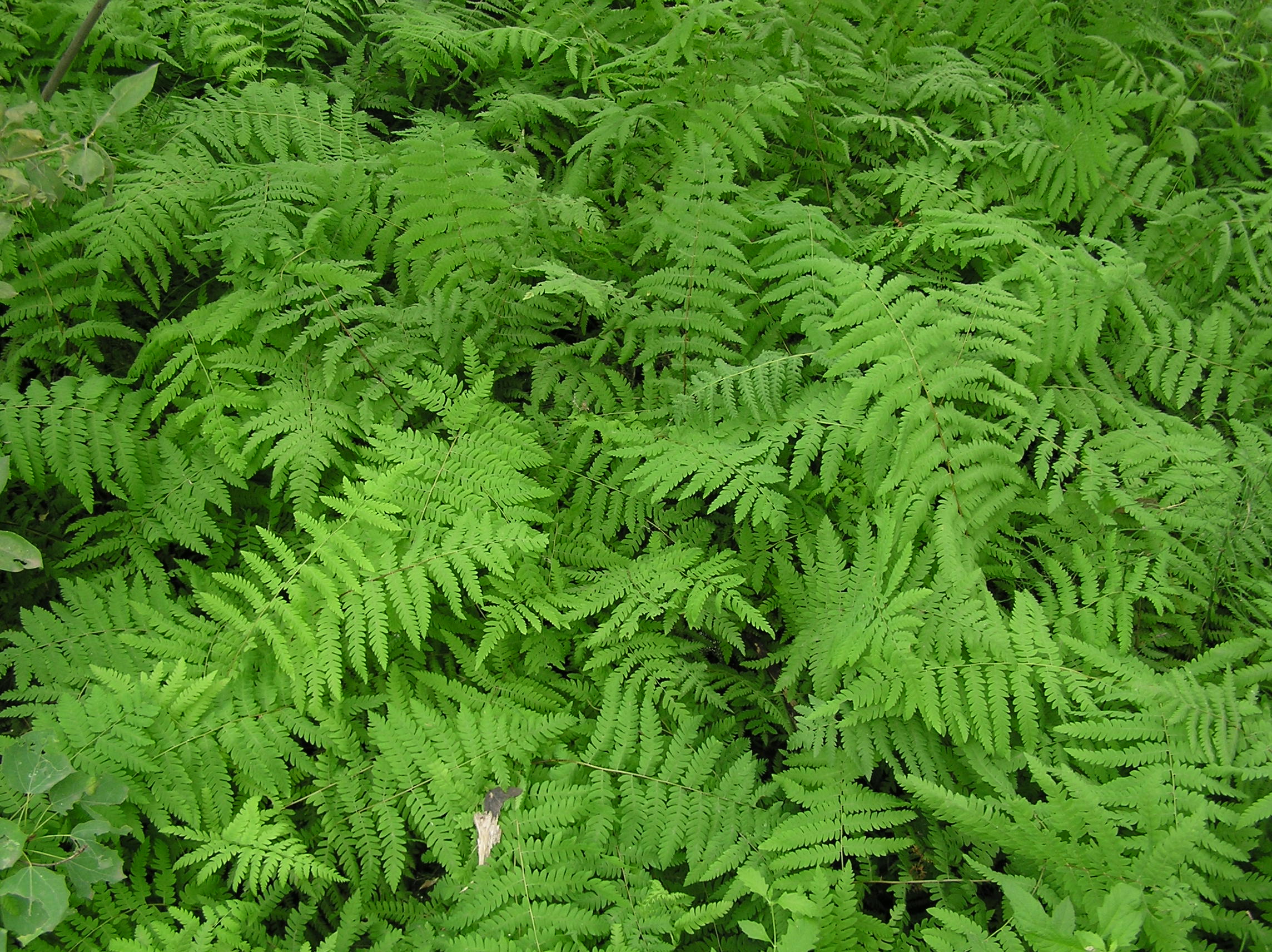


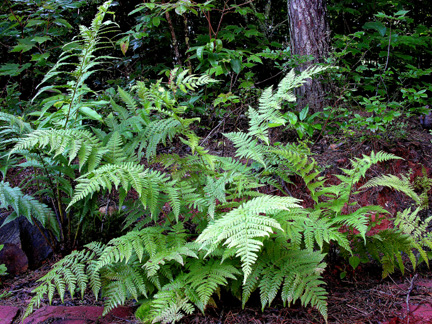
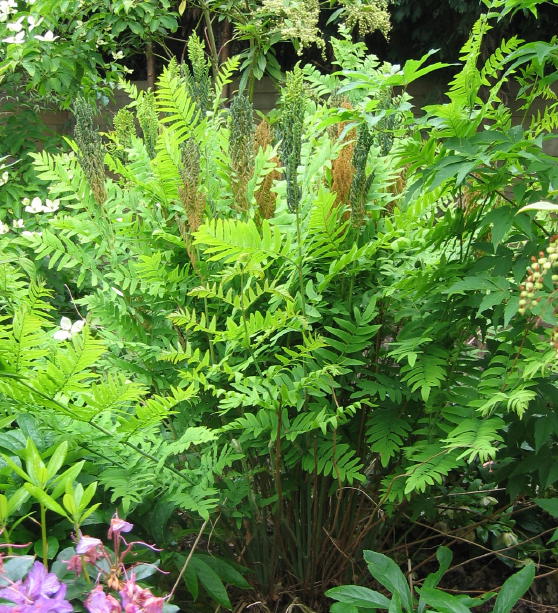

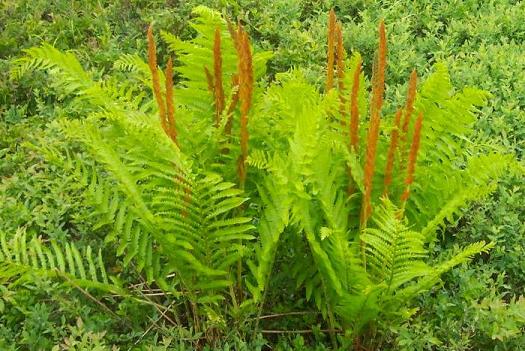
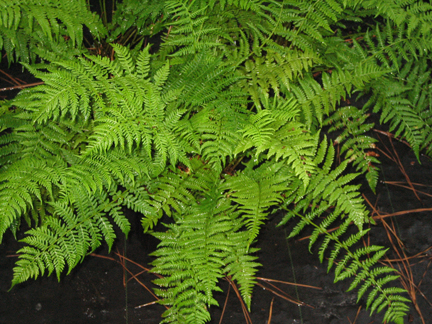


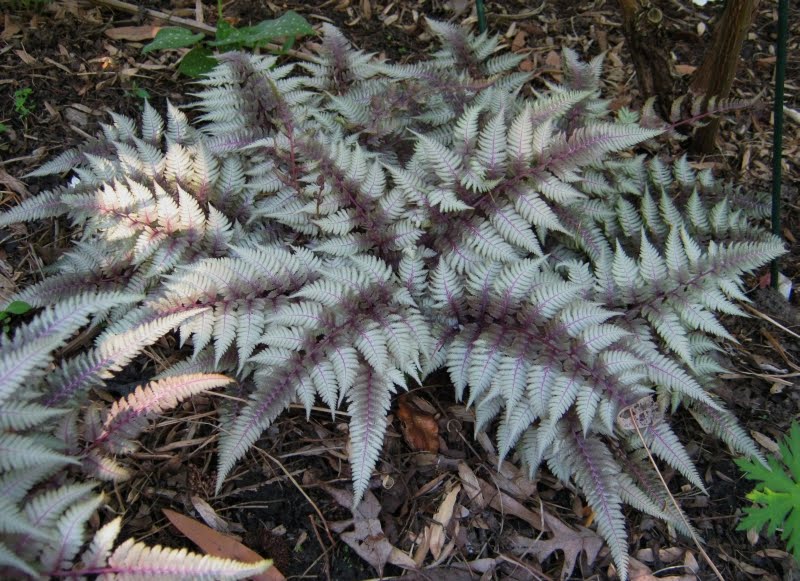
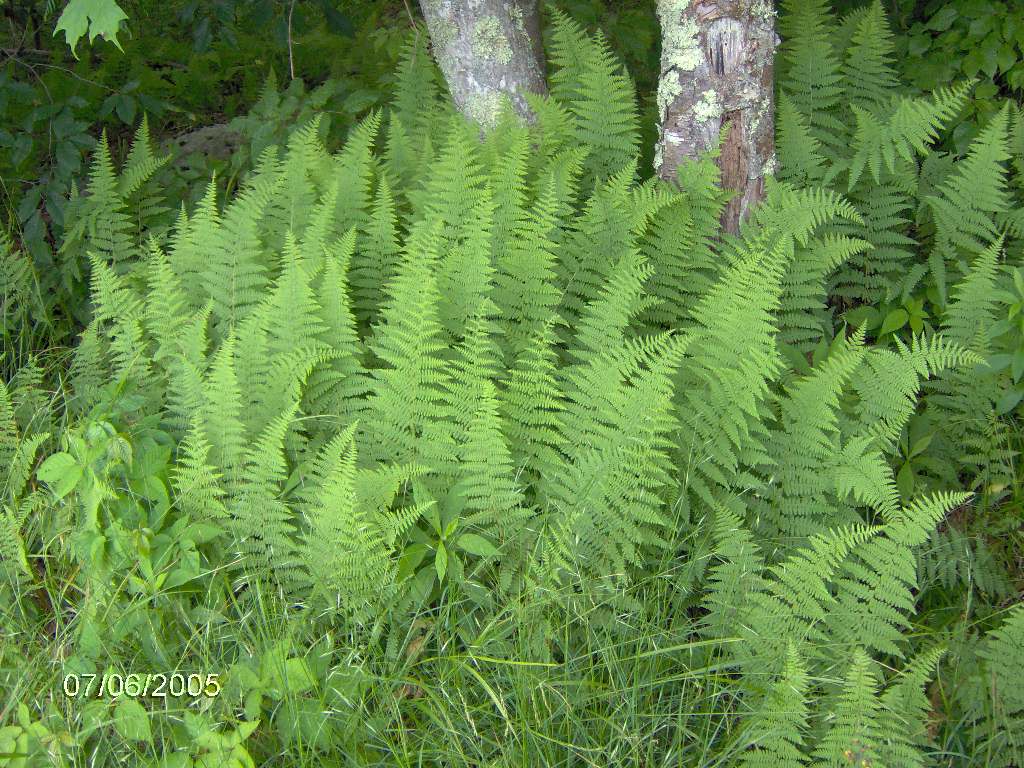
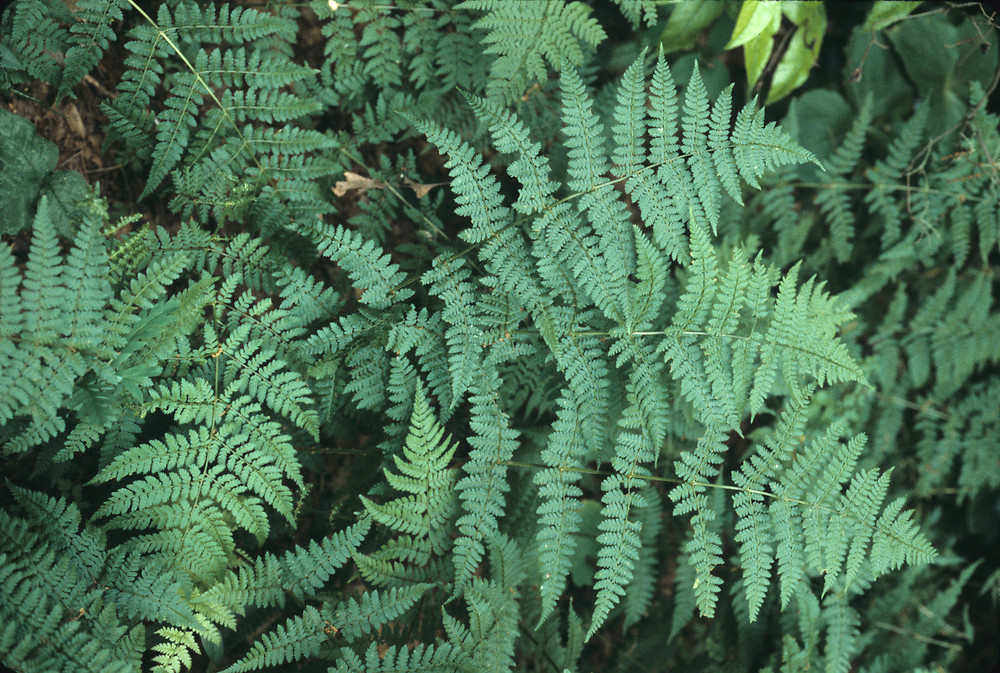

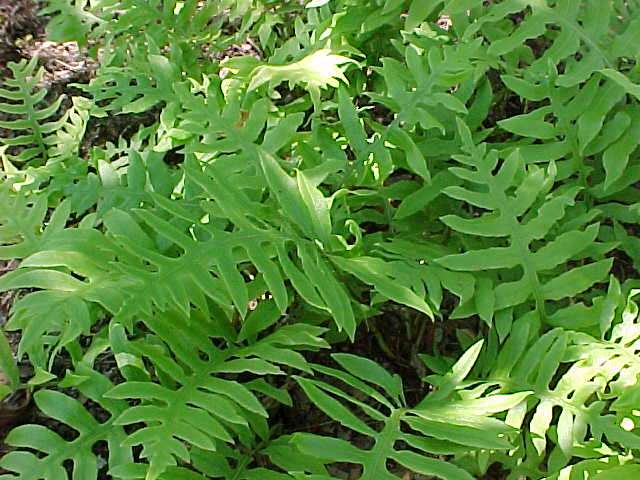

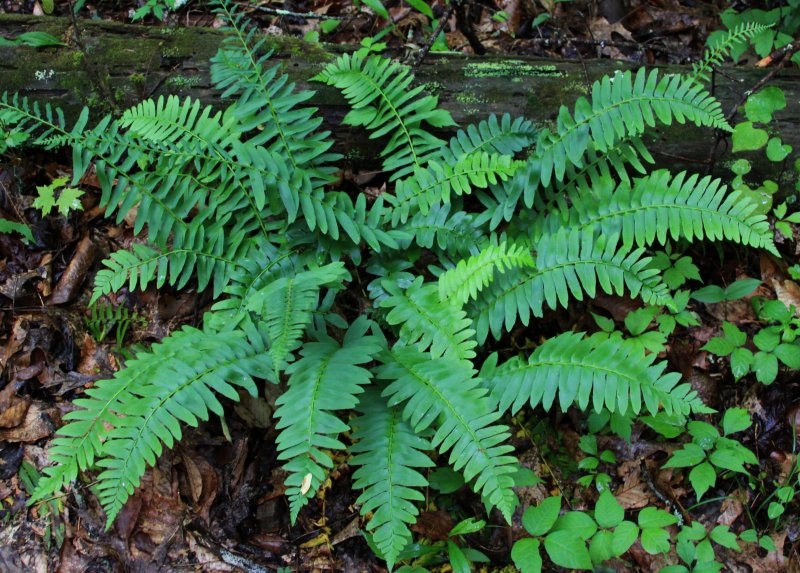


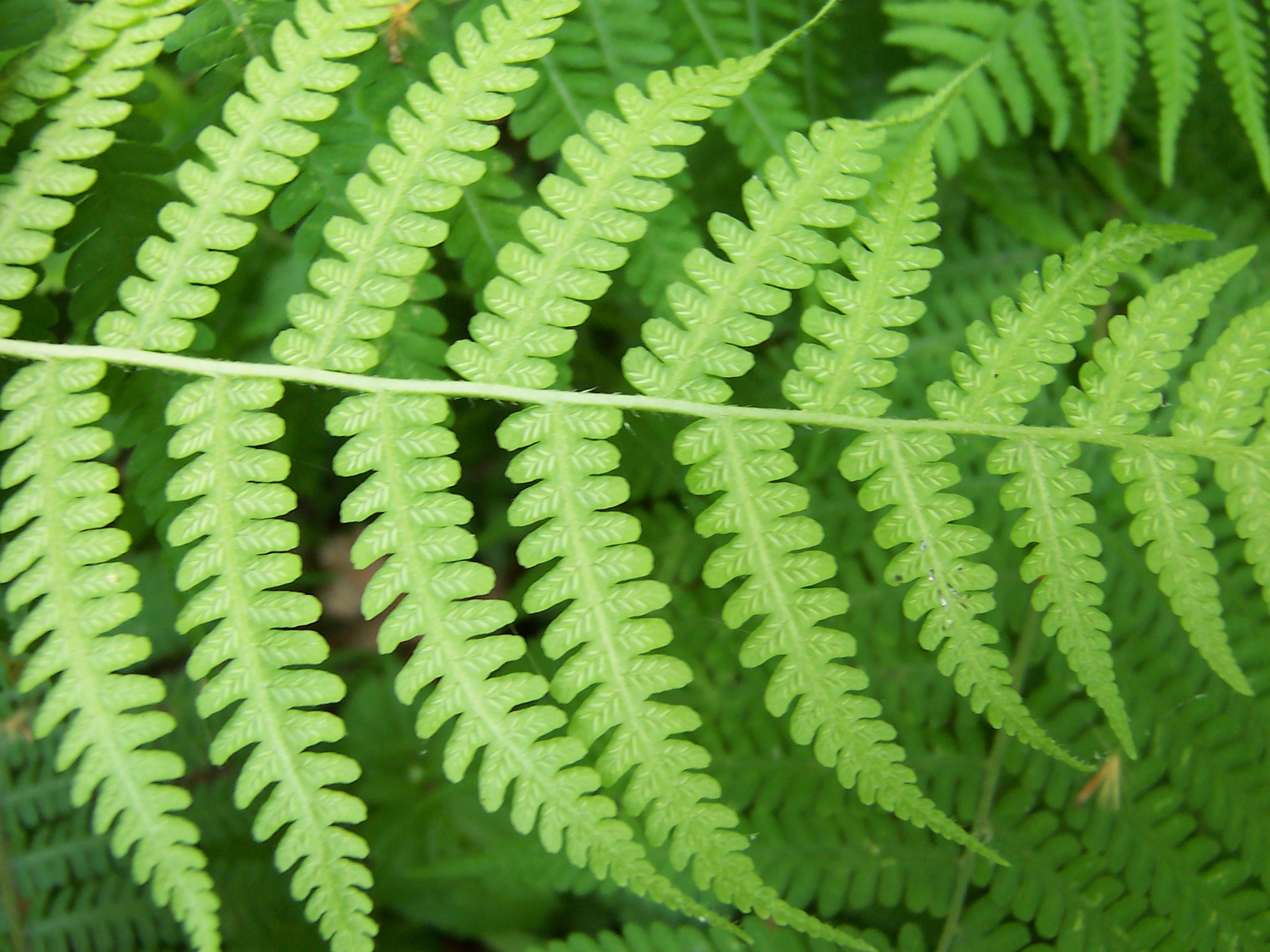
Reviews
There are no reviews yet.